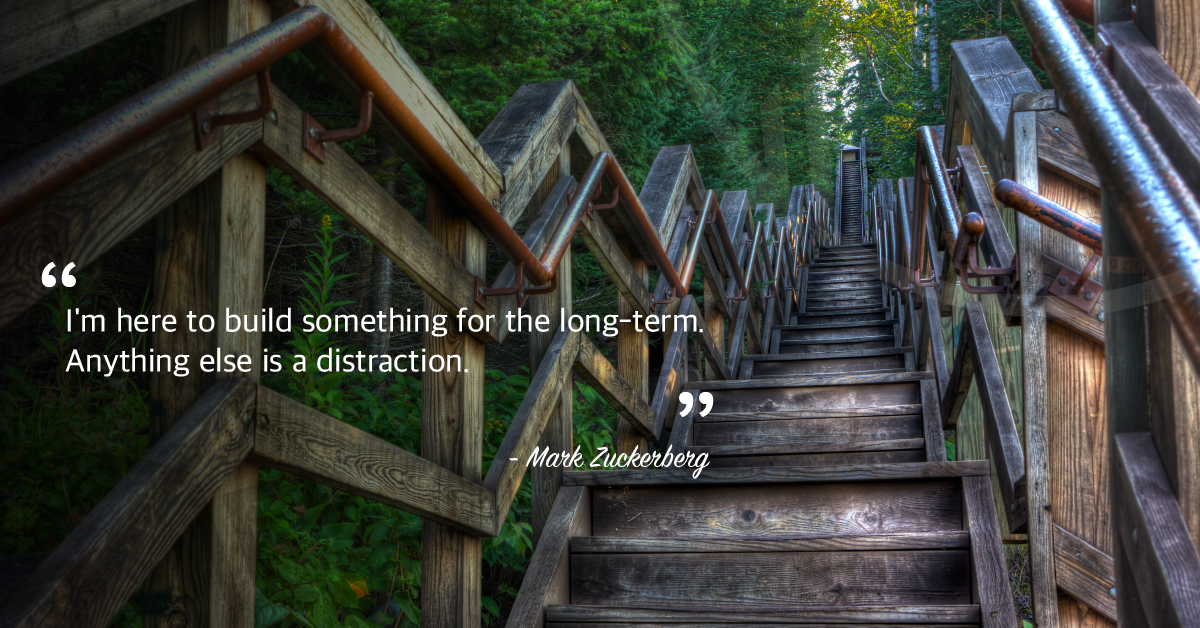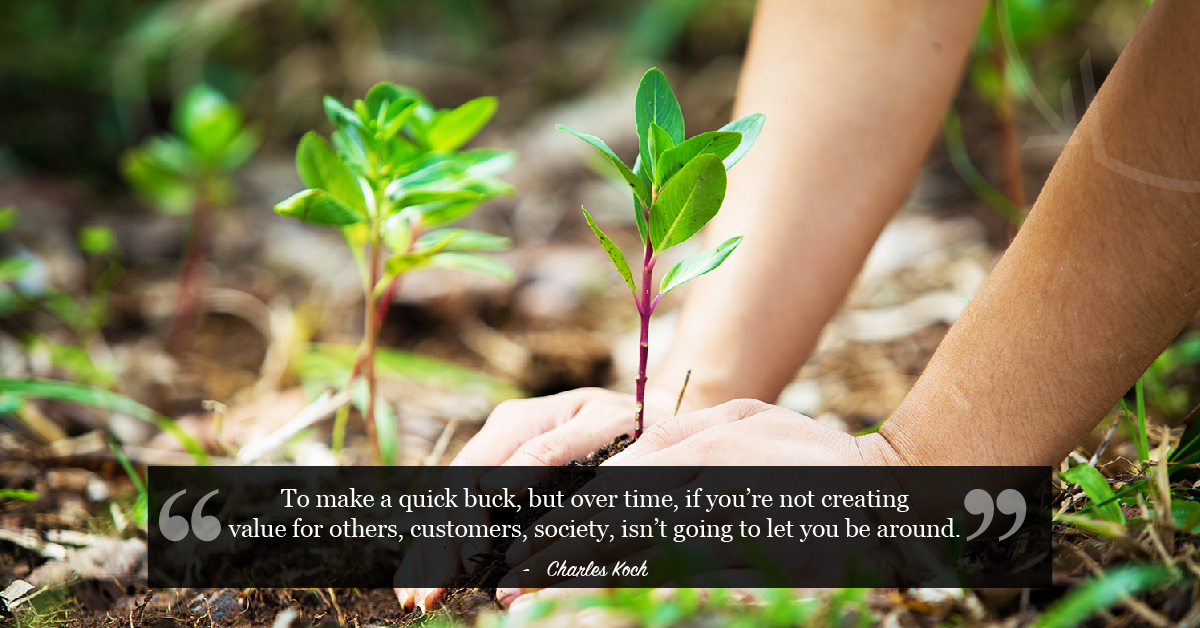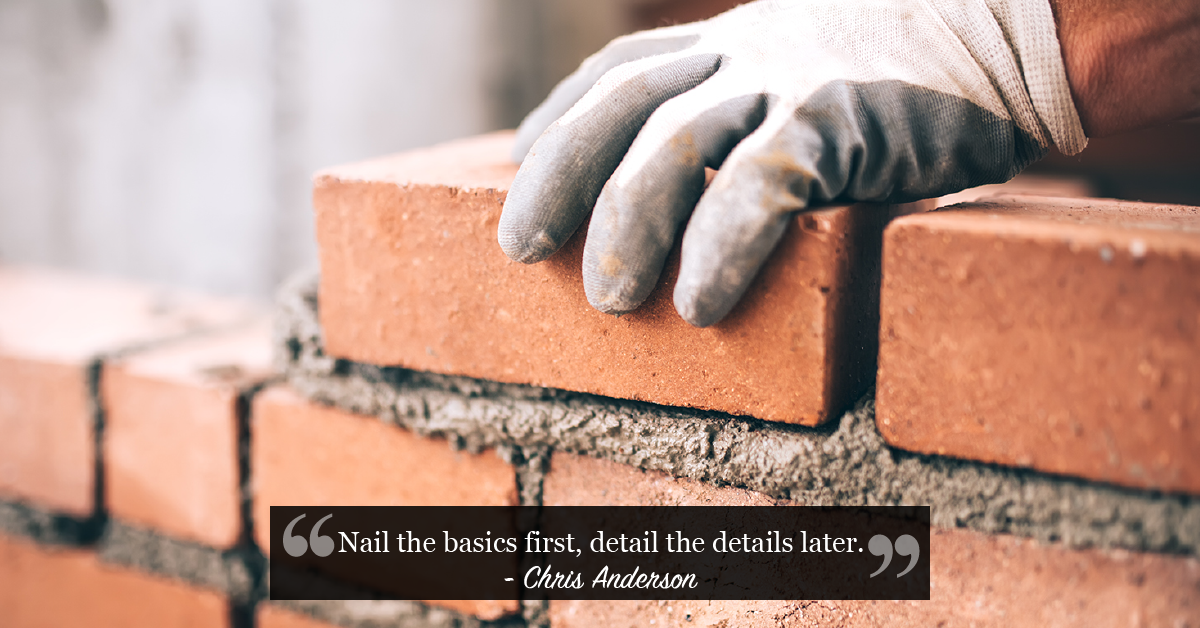
To build a profitable and sustainable business, set your business model then design everything around it. It is the business model that works as the litmus test that weighs the viability of your decisions including the initial phase of coming up with an idea for your product. Your business model is your method for making money in the current business environment. The objective of working out a viable business model is to ensure that you make a healthy profit that keeps your business going. The profit, not the revenue, is what enables you create value for your customers by reinvesting in your business. The profit is the price of your offering minus the cost of production.
Our 7th reason, out of the top 20 reasons behind the failure of startups, according to CB Insights, is launching“A product without a business model.” Being equally miseducated and uneducated about the necessity of addressing the business model upfront, startups bear terrible consequences. Mainly because of the step that comes after initiating your idea. The business idea is the first step in the business building process; the second step is to challenge that idea. And the way to challenge it is by building a robust business model. It either proves that the idea is viable or fallacy; for money moves because of commercialization not because of invention or fantasizing.
Related: How Continuing Self-Education is The Best Investment
To monetize your idea, approach it as the way serious business should be run - not as a hobby. Businesses make money, hobbies don’t. The purpose of any business must be geared towards winning new customers that buy your products so you could make more money to reward yourself and your stakeholders. To achieve the commercial success of your business idea, it must be tested with four sequential criteria that constitute the basic ingredients of your business model. They are: the massive value, the affordable price, the stripping costs, and breaking down hurdles.

The first criterion in the business model process is delivering massive value to customers. While your customers lie at the heart of your business model, their transactional and recurring revenue streams are its arteries. You will get paid whenever you extract the pain points of your customers. Turning their pains into solutions and blessings is what creates value. You got to make sure that this benefit is exceptional to your customers because, by time, customers will ask for more reasons to buy from you, not from your competitors. You got to make sure that the value you offer cannot be copied quickly nor it can be copied economically.
The second criterion is the affordability of your prices. Setting the proper price of your product offering makes prospects not only want your offer, but capable of paying for it. Failing to target the right price makes you lower it afterwards to attract more downstream customers. Setting the proper pricing strategy is key here. Instead of targeting the top of the pyramid customers – those who are novelty seekers – a shift must be done towards addressing the bottom of the pyramid where the mass of buyers can be lured into buying your product. What makes pricing all the more affordable is delivering an unmatched buyer value which is a prerequisite first criterion in our business model process.
The third criterion is reconsidering your costs. While revenues are addressing the revenue side, costs, when examined thoroughly, can maximize your profit side. Succeeding at stripping out costs is the single most important factor in keeping your business sustainable over time. In business, as in sports, defense is the best offence. To work out best defense, you need to consider what operations, starting from manufacturing up to distribution, need to be replaced by less expensive ones; what activity in the value chain can be outsourced, reduced or even eliminated? Having access, more than ever, to affordable computing and data via the internet, what activities can be digitized in order to reduce costs and increase profits?
The fourth criterion is breaking down the hurdles. Tackling your inner resistance and having clarity on your business idea makes the outer obstacles all the more surmountable. Though your business idea seems mesmerizing to you at the outset, moments of doubts about its success oftentimes kick in. Coming up with an outstanding design for your idea, clarity starts to take shape and doubts fade away. The outer obstacles are coming from your potential customers. You have to play the role of the inspiring leader to both your employees and customers alike. You have to keep educating the doubters. It is as the legendary Max Depree once said;” you have to act like a third grade teacher; you have to repeat the vision over and over again until people get it right, right, right!”

The success and sustainability of your business idea is tied to building an innovative business model. It is the litmus test for measuring the viability of your new venture. You have to go through the 4-process-criteria of delivering massive value, offering affordable price, stripping costs and breaking down hurdles. Unless your business idea runs through these stages, your business has no chance of surviving.



